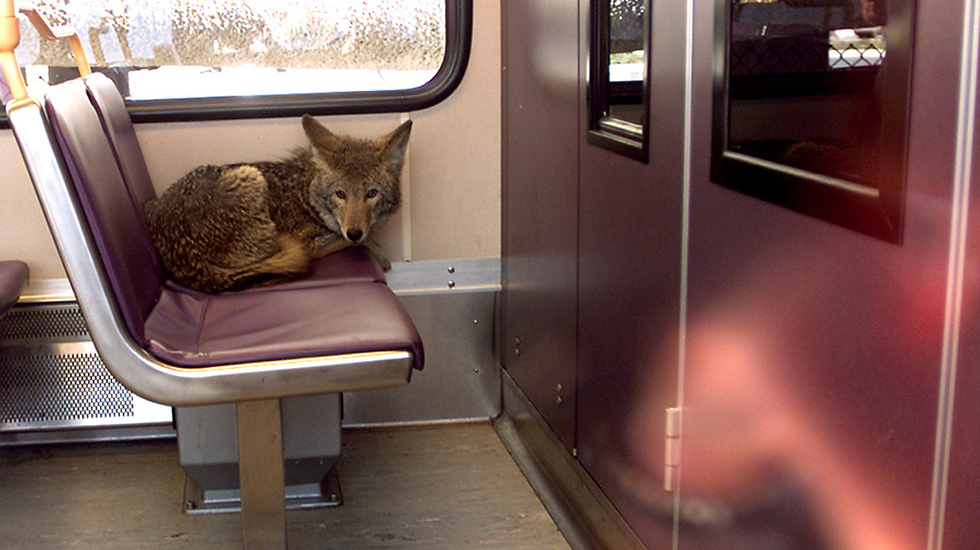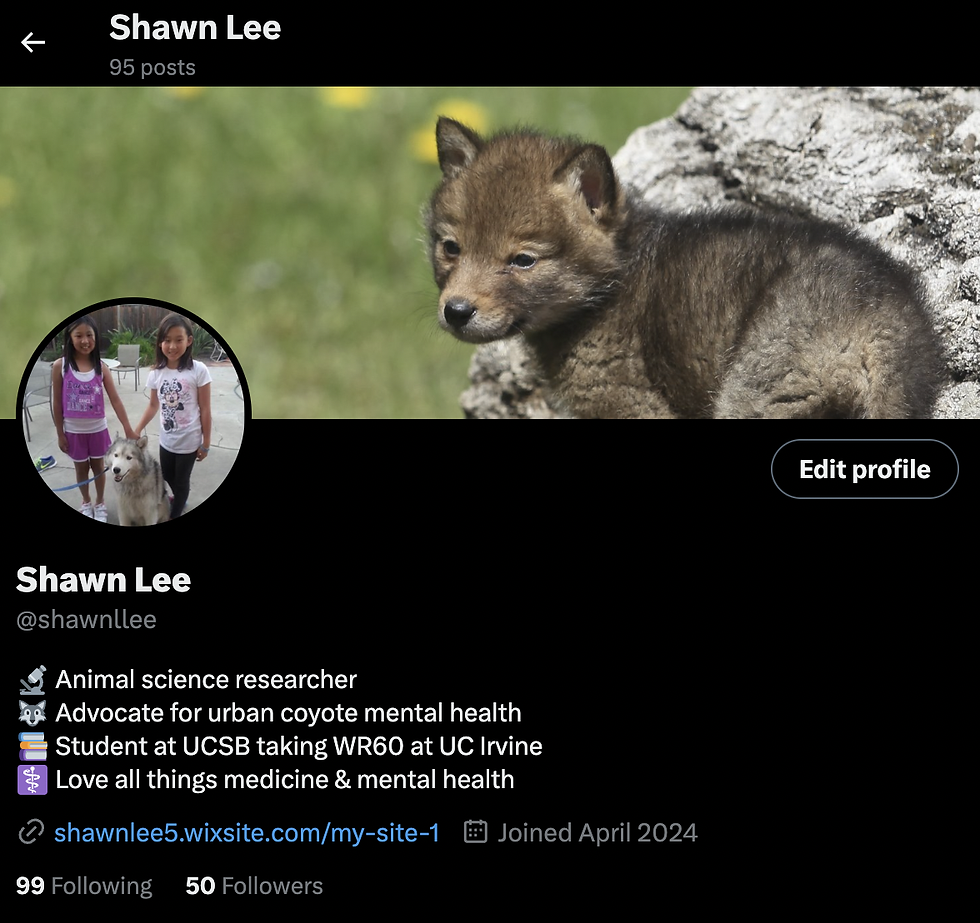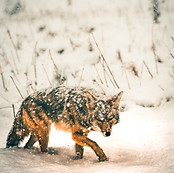Blog 6: 4/28/24
- Shawn Lee
- Apr 28, 2024
- 3 min read
Article 1: "City Life Adds to the Stresses of Urban Coyotes"
Citation: Bates, Mary. “City Life Adds to the Stresses of Urban Coyotes.” Psychology Today, 29 Aug. 2023, www.psychologytoday.com/us/blog/animal-minds/202308/city-life-adds-to-the-stresses-of-urban-coyotes#:~:text=They%20found%20that%20coyotes%20living,only%20factor%20influencing%20stress%20levels. Accessed 28 Apr. 2024.
Where Did I Find This Article?
I found this article by browsing through psychology-related articles on Google search. I searched up "psychology articles about coyotes' mental health in urban areas," which are keywords. It did not take me long to find because my search was pretty specific, making it easier for Google to locate an article that matches my desired search. A tip I would give when finding articles is to specify what field (psychology in my case) you are looking for.
Summary of Research + Methods
In order to research the effects of urban-life stress on coyotes, researchers from The Urban Coyote Research Project captured about 100 coyotes and shaved a small patch of hair off of them and then equipped them with radio collars to track their movement. Using the hair to help read cortisol levels, which help indicate stress levels in mammals ("During times of stress, your body can release cortisol after releasing its “fight or flight” hormones, such as adrenaline, so you continue to stay on high alert"), researchers found that coyotes living in areas that were the most developed had higher cortisol levels than coyotes living in less developed, more suburban areas.
Conclusions Of Findings
These findings indicate that urbanization was indeed a factor of stress in these coyotes, but also poor physical condition. Additionally, social status of the coyotes was linked with stress levels: coyotes that are the head of their pack or loner coyotes had more levels of stress due to the pressure they face in their roles. However, researchers also found that some coyotes are more adapted to the urban life, which are probably coyotes that were born into the urban lifestyle. This finding is especially interesting because it leads to the question of whether or not this is natural selection happening, and if coyotes will eventually become accustomed to the urban life. Is this the future for coyotes?
A Better Understanding
This study helps us better understand the physiological adaptations/impacts coyotes have gone through while gradually moving into urban populations. I believe I can tell a story about this study, in which the protagonist is the phenomena being researched, coyotes. I believe I can use this research to serve a bigger purpose of advocating for helping coyotes who are dealing with this kind of stress. There has been one human death from a coyote ever, so we know that they are not killing machines. I believe we can find a way for coyotes to either successfully be imbedded into urban cities, or for us to slowly evacuate them from urban areas if it is harming their mental and physical health.
Article 2: "Urban Human–Coyote Conflicts: Assessing Friendliness as an Indicator of Coexistence"
Citation: Whitley CT, Bowers MM, Grantz H. Urban Human-Coyote Conflicts: Assessing Friendliness as an Indicator of Coexistence. Animals (Basel). 2023 Sep 13;13(18):2903. doi: 10.3390/ani13182903. PMID: 37760303; PMCID: PMC10525200. https://www.ncbi.nlm.nih.gov/pmc/articles/PMC10525200/
Where Did I Find This Article?
I I found this article by browsing through "coyote human coexistence" through the NIH's website. I found it helpful to browse through the NIH's website since I figured they would have a lot of research about human and animal interactions. The NIH also has many reliable and published research articles, and I believe a lot of good research is on this site as I have used it before for citing articles for my biology and ecology classes.
Summary of Research + Methods
Following up on the previous article I chose, this article suggests ideas to help coyote/human interaction since coyotes are moving into urban areas. In order to support this, researchers attempted to investigate how the media portrays coyotes and their interactions with humans in urban areas, and to understand the influence of media coverage on public perceptions and attitudes towards coyotes. Researchers used a content analysis approach to analyze coyote news coverage from 2000 to 2022 in three US cities: Los Angeles, Seattle, and Boston. They used their findings to observe implications for human-coyote interactions and management strategies.
Conclusion Of Findings
The researchers found that 1) media plays a significant role in shaping the public's perceptions of coyotes and wildlife in general 2) friendly language correlates with discussions of coexistence, and negative, unfriendly language correlates with negative portrayals and talk about lethal management 3) media literacy is important and a key to promoting coexistence between humans and coyotes is to rephrase posts about coyotes from a problem to cohabitation.
A Better Understanding
This article better helps us understand the importance of coexistence of coyotes and humans, since they have become so prevalent in urban areas. Since coyotes have endured habitation loss through urbanization, so it is important that we learn to coexist with the species whose homes we essentially took away from.
Recent Posts
See AllHi everyone! As WR60 comes to an end, I wanted to reflect on some things that I learned throughout my journey in this class. I learned...




Comments